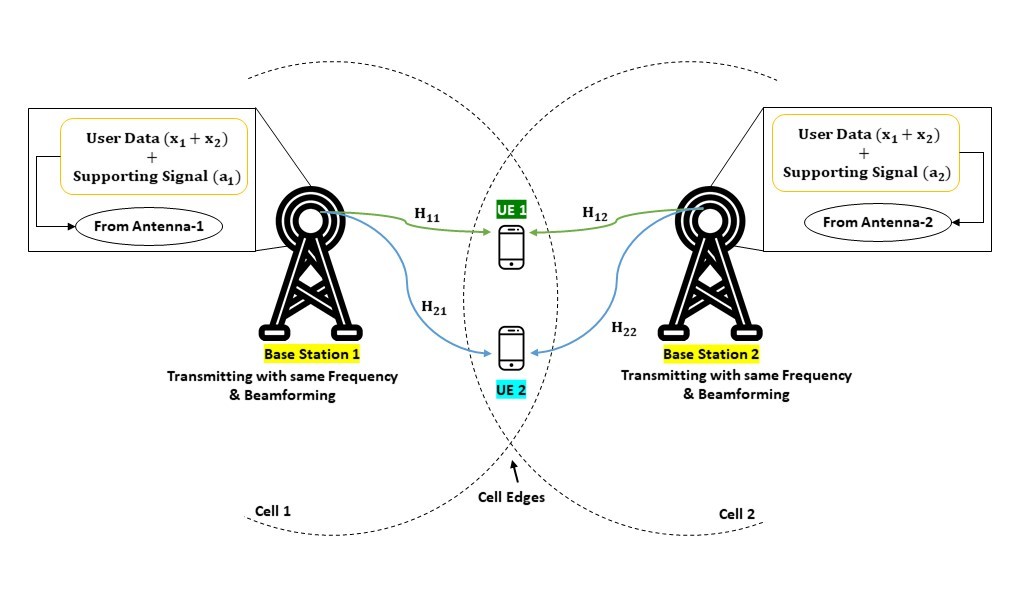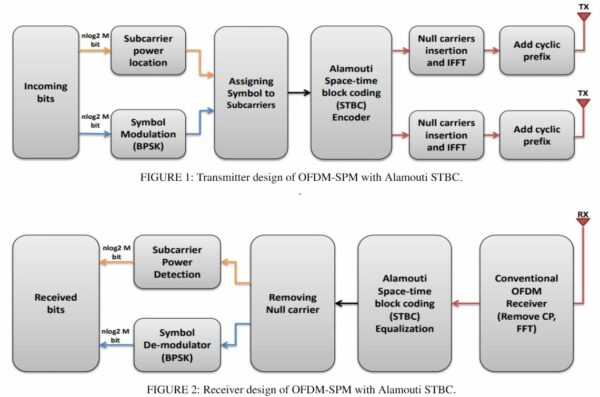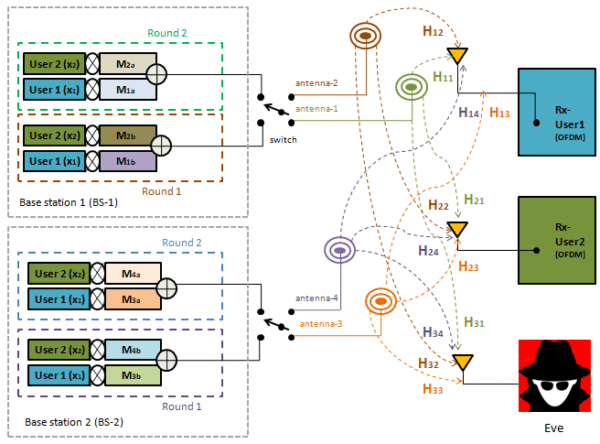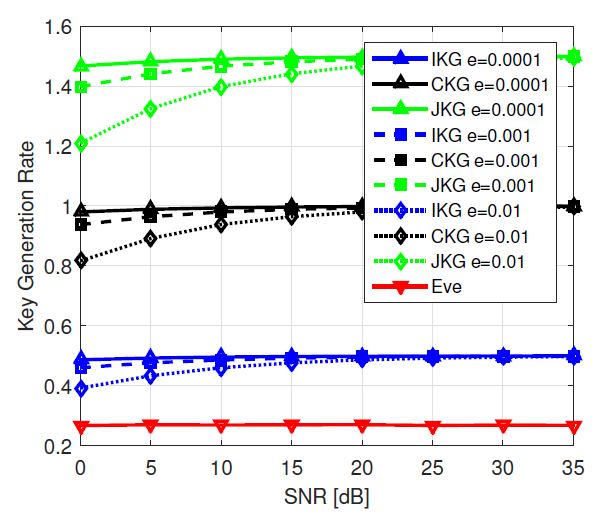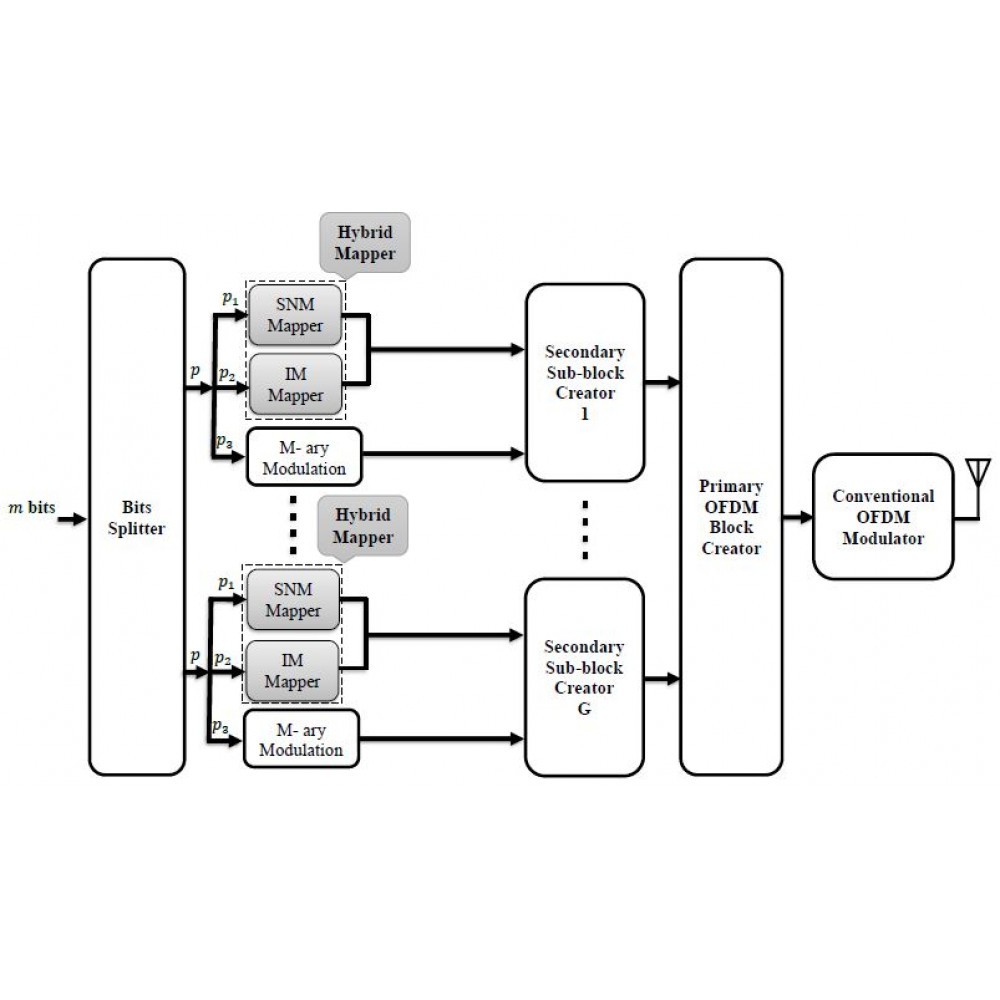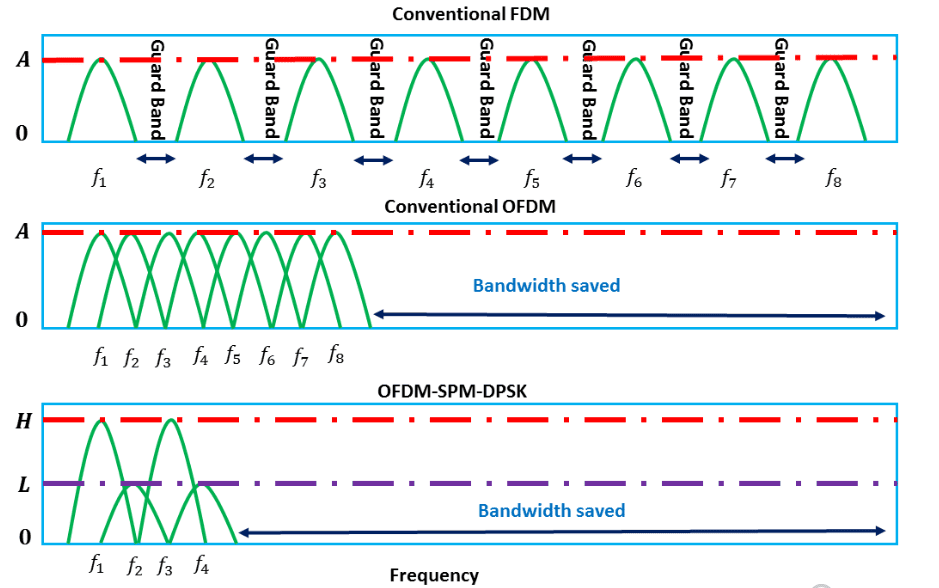Description
Simulation Codes of A New Enhanced Coordinated Multi-Point (eCoMP) Design
Summary: Mobile data traffic is rapidly increasing with smartphones’ massive spread and multimedia-driven applications. To cope up with the data demand, operators will continue to deploy new small cells and update networks to advanced 4G LTE and leading-edge 5G NR technologies to take advantage of their superior capabilities. Despite their many improved features, the cell edge interference effect is still a very challenging problem in mobile wireless networks, and it has recently gained significant attention with the dawn of future generation mobile communications systems like 5G and 6G as such interference causes significant performance degradation in cell edge systems. Next-generation wireless communication systems will require higher spectral efficiency, enhanced system reliability, and much more improved SNR gain, which can be attained by the elimination of inter-cell interference, and more efficient utilization of resources than currently employed systems. Motivated by this observation, the proposed method in this article targets addressing the previously mentioned challenges and requirements, where we present a novel enhanced cooperative multiple points (eCoMP) technique that deploys two base stations to transmit superimposed user signals with the same spatial, temporal and spectral radio resources. In particular, we introduce and model the proposed concept of using supporting signals that are superimposed with the user signals to cancel inter-cell interference at the cell edge. This is achieved without sacrificing temporal-spectral-spatial resources while providing low complexity at the receiver side. Computer simulations are conducted and analytical analysis is performed to verify the effectiveness and superiority of the proposed solution compared to other competitive schemes in the literature. A New Enhanced Coordinated Multi-Point (CoMP) Transmission Design for Cancelling Inter-cell Interference for Cell-Edge Users Using Superimposed Supporting Signals · Issue 6 (pubpub.org)
The novelty and contributions of the proposed enhanced CoMP paradigm are as follows:
1) The proposed technique can efficiently utilize the same radio and spatial resources for transmissions to all users at cell boundary with improved cell-edge throughput.
2) Specially designed superimposed supporting-signals (a1,a2) base transmission for eliminating inter-cell interference.
3) The proposed system utilizes joint transmission to achieve multiplexing and diversity gain.
4) The proposed approach also offers low complexity because it employs superimposed support signals that automatically cancel inter-cell interference. As a result, reducing transceiver complexity.
5) Due to the channel matrices being diagonal, the inverse procedure is simple. As a result, the support signal matrices can be created using simple mathematical process.
